The Killer is Loose/1956/Crown Productions, UA/73 min.
By Michael Wilmington
Budd Boetticher, who didn’t direct nearly as many films as he should have, made a lot of them in the ’50s. And in 1956, he directed both a classic Western (“Seven Men from Now”) and a neglected semi-classic low-budget noir, “The Killer is Loose.”
Joseph Cotten plays a dedicated if disgruntled LA cop, Rhonda Fleming is his unwisely feisty wife, Alan Hale and John Larch are fellow fuzz, and, very memorably, Wendell Corey is the escaped bank robber who blames Cotten (correctly) for the death of his wife during his arrest.
Corey was a dependable, if often unexciting, sidekick and secondary guy in the ’40s and ’50s. In 1947’s “Desert Fury,” he plays John Hodiak’s right-hand crook, another great noir role. Corey gives an astonishing performance here as the psychotic vengeance-seeker – playing the character not as the usual cold-blooded, relentless Lee Marvin or Jack Palance type, but as someone you’d probably trust.
He’s a polite, preoccupied, considerate, somewhat clumsy, nice-enough-acting doofus, not at all maniacal or dangerous-appearing. He’s also seemingly unstoppable, as he breaks out of jail and moves inexorably toward Cotten and Fleming and their home in the suburbs, killing everyone in his way.
Corey’s loose killer and his last disguise, which in some ways anticipates Norman Bates’ mother in “Psycho,” are both absurd and scary.
The movie, like a lot of Boetticher, is immaculately well executed, the work of an extraordinary genre-bending talent. By the way, Lee Marvin had one of his all-time best heavy roles in Boetticher’s above-mentioned gem “Seven Men from Now.” In that movie, it was hero Randolph Scott who was the relentless pursuer, out to avenge his wife.
The cinematographer of “The Killer is Loose” was Lucien Ballard, Boetticher’s good friend and great collaborator. Ballard, an ace at both Westerns and noirs, shot this movie the same year he lit Stanley Kubrick’s “The Killing.”
MGM Limited Edition Collection, available from online retailers. No extras.







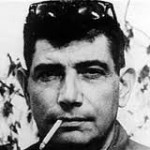
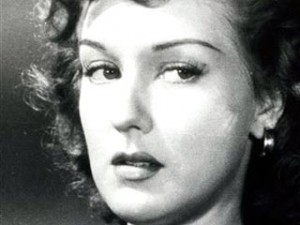
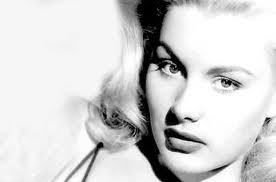
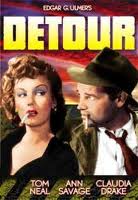

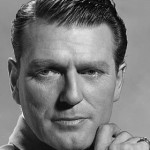
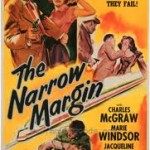
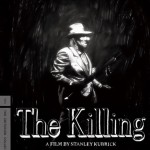
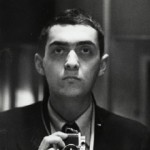
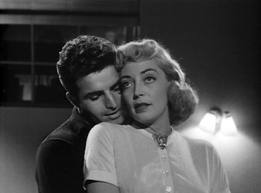
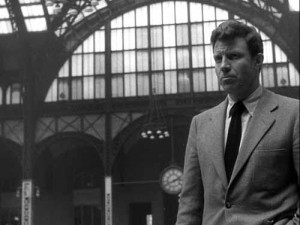
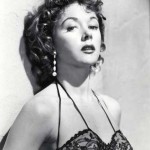
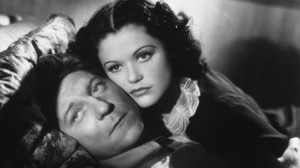
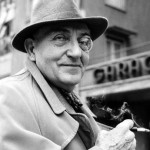
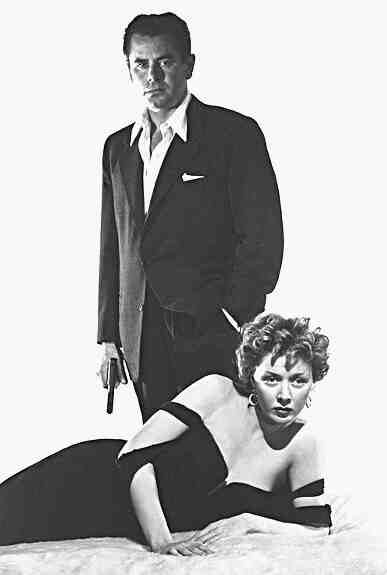
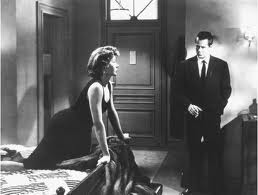
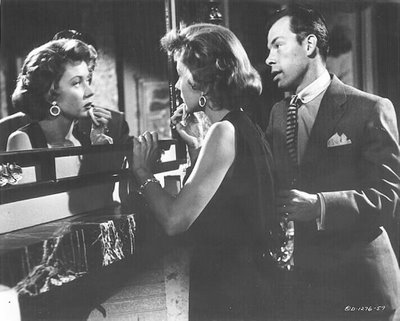
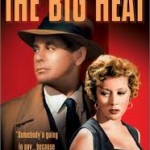

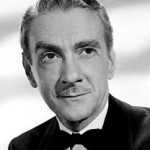





From FNB readers